5 Types of Coffee Makers: Choosing Correctly & Why It Matters
Author: Anne Cowart | Editor: Omar Alonso
Review & Research: Jen Worst & Chris Miller
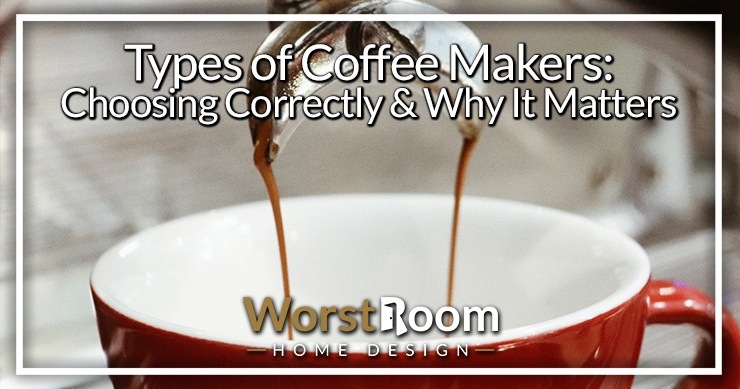
The different types of coffee makers are only one factor that can cause a single cup of coffee to vary greatly from the next cup.
You can source beans from all around the world which will taste different depending on where they were grown, and you can use a number of different tools and methods to make coffee out of those beans which also has a big impact on the cup you end up with.
The biggest deciding factors on how your coffee will taste are:
- The beans that you use (where they’re grown, how they’re processed)
- How you grind them (fine, course, uniform)
- How you brew them (all of the various options we’ll be looking at today)
First, let's look at the different types of coffee makers and when it makes sense to use each one, then we'll talk about the quality ceiling and if there’s a point of diminishing returns as you seek the perfect cup.
The Different Types of Coffee Makers
Without further delay, here’s what you need to know about how to brew coffee with the various styles of coffee makers and machines. Aficionados say the type of coffee maker makes a difference in the taste and quality of your brew. So pay attention! I'll also share the "best in class" of each type so you can get an idea of the general prices and quality levels available.
Drip Coffee Makers
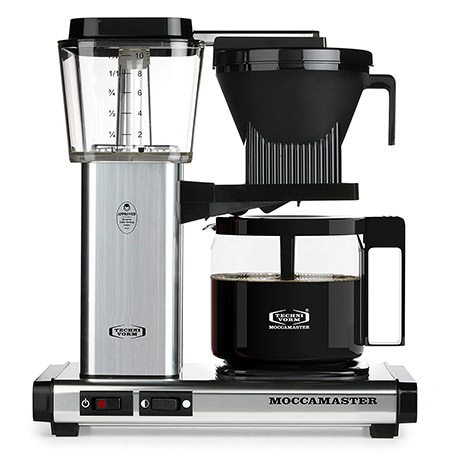
Drip is the most common style of coffee maker in North America and elsewhere in the world. It works by warming up the water and soaking the beans. Gravity and a funnel allow the water to slowly drip out into a coffee cup or a carafe.
The difference between a simple $15 coffee maker and a precision-engineered machine like the Technivorium Mokkamaster (pictured above) comes down to the ability to control the precise flow of water, and having an accurate temperature, and the quality of the components. There are plenty of great drip makers that you can get without breaking the bank.
Drip coffee machines are for people who want something quick, easy, and relatively hands-off. You can press a button and walk away, you don’t have to sit there tending to it. This method is similar to pour-over in theory, but an average drip maker and a well-executed pour-over are nearly on opposite sides of the spectrum when it comes to the quality of the cup.
Pour-Over
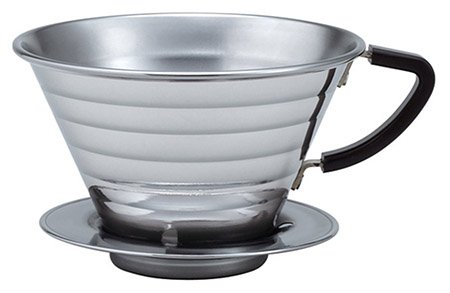
This is one of the preferred ways to brew a perfect cup of coffee among connoisseurs. It seems similar to using a drip-maker because you’re essentially pouring hot water over top of ground beans and letting the water drip down with both of the aforementioned brewing methods, but the devil is in the details.
The reason that a pour-over is so wildly preferred is that it allows you to use a kettle with a thermometer to get the perfect temperature for your exact roast of beans and preference. A difference of just a degree or two can have a noticeable effect on the taste of the brew, at least for a trained palate.
Not only that, but a pour-over allows you to pre-soak your coffee beans with an initial splash of water which brings out the flavors perfectly. If you use a gooseneck kettle, you can pour with exact precision for an incredibly balanced cup.
French Press
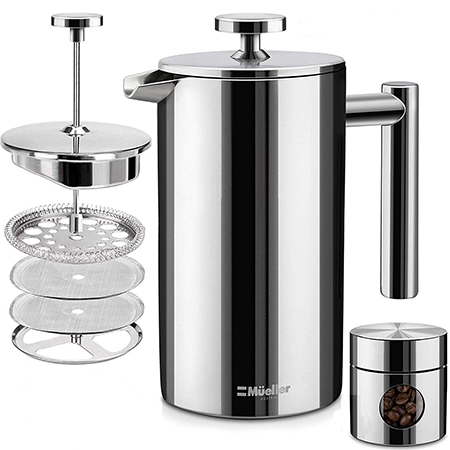
The french press gives you a similar high-end experience to the one you’d expect from a carefully crafted cup of pour-over coffee, but it’s a more passive method. You don’t have to stand there gradually adding more water, you don’t need a special gooseneck kettle, and you still end up with a flawless cup.
The french press method involves adding your beans into a tall cylindrical glass or metal container, then adding your water to fill the rest of the container and letting it sit for a few minutes.
There’s a plunger-like device with a screen attached to the lid, which you slowly press down. This process pushes the coffee grounds to the bottom, separating them from the coffee-water, and allowing you to pour a cup that isn’t full of grounds.
You have more control than with a drip maker, less control than with a pour-over, but the end result is a lot closer to a pour-over and there’s a higher quality ceiling.
Aeropress
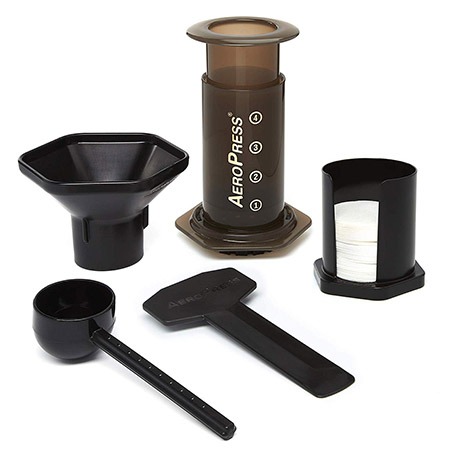
The Aeropress is a simple yet very effective way to get a pretty-close-to-perfect brew. It’s in the same ballpark as a french press or a pour-over, but also works great for espresso.
The famous Aeropress consists of a few main parts:
- The tube that has a filter on one end and is open on the other end,
- A plunger of sorts that fits into the open end of the tube.
- Proprietary filters which are just a flat disc that fits into one end of the tube.
- A funnel to make filling up the Aeropress easier.
- A tool for mixing the beans and water together.
You place the plunger into the tube to block off one end, then add ground coffee beans and water, then you attach the filter end and place the Aeropress directly over your cup. You slowly press down the plunger and the coffee moves through the filter and into your cup.
An Aeropress is easier to clean than a french press, but it only makes one small cup of coffee at a time. It’s great, again, for espresso drinks where you want something stronger without a ton of water, or for a smaller cup of coffee.
If you’re making coffee for a larger group, then it’s not the best method, but for one person or if you don’t mind doing several runs, it’s about as perfect as you can get without investing a fortune.
The Aeropress is very affordable, quick, easy to use and clean, and makes an incredible cup. It shouldn’t come as any surprise that coffee aficionados are in love with it. An espresso pressed from an Aeropress isn’t going to compete with a drink from a $2000 espresso machine, but it’s going to get surprisingly close, all things considered.
Single-Cup Machines
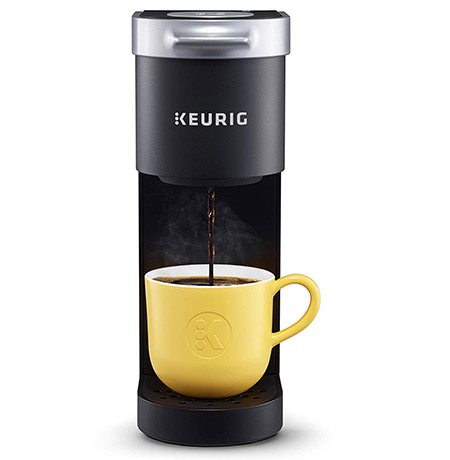
Single-cup coffee makers are typically a category of drip coffee makers but they’ve become so prominent that they’ve distinguished themselves into their own tier on this list, for better or worse.
This category includes single serve coffee makers like the Nespresso machines, Keurig coffee makers, and Keurig alternatives. Now, there are also single-serve drip coffee makers, but they’re not quite the same as what we’re talking about here.
If you put your own beans into it and it doesn’t use a pod, it fits in the drip coffee maker category at the top of this page. If you purchase pre-filled pods (or have reusable ones), then it fits into this category.
Why Single-Cup Coffee Makers Are to Be Avoided
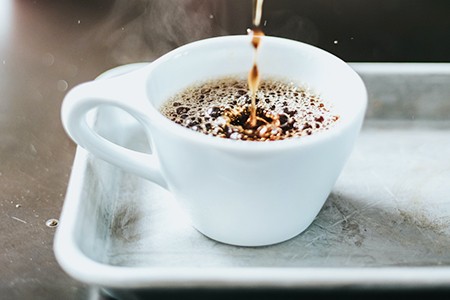
To be totally Frank, single-cup pod machines are among the worst ways to prepare a cup of coffee for a number of reasons.
Let’s go over all of the reasons you should not buy one of these, and the one reason that still trumps all of the negatives for people that choose to buy it (besides the fact that they just don’t know any better or haven’t had a proper cup of coffee to compare it to.)
Quality: The beans have been ground months ahead of time in some cases, and they’re just sitting in those little plastic pods. The quality of the beans is one of the most important factors in a great cup of coffee, and it’s why there’s usually a certain harshness or bitterness with these pod machines.
If you don’t notice it, it could be that you’re just used to lower-tier coffee and don’t know how good it can be. I’m not trying to gatekeep here or be a snob, even if it comes off that way.
Environment: Drinking multiple cups a day generates a lot of extra trash, and you can’t recycle K-Cups (Keurig’s proprietary pod) easily unless you want to rip each one open, clean it out, and separate the parts of it. It’s kind of ridiculous compared to the amount of waste from a regular bag of coffee beans.
Price: It’s much more expensive to buy pods and K-Cups than even some of the highest-quality locally roasted beans that you can find. You’re paying much more, for something that’s much worse. Why do people do it? It comes down to...
Convenience: This is the major benefit to these types of machines. This is the primary reason that anyone buys one, aside from ignorance or being taken in by hype and marketing.
It’s really the only positive that these machines have going for them over any other type of coffee maker, but even at that, it’s only marginally easier to use a pod coffee maker than a drip machine.
The only real difference is that instead of using a spoon to put some beans into the machine, you’re using a pod instead. Big deal. Just be ready to clean coffee out of your carpet as you run around with your easily accessible coffee.
What is the Quality Ceiling in Coffee Makers?
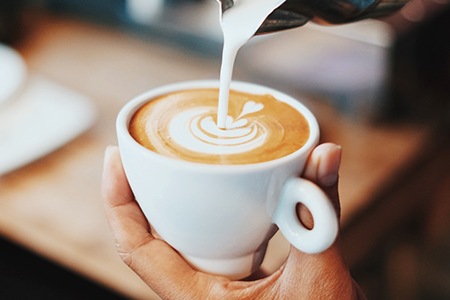
Certain types of coffee machines can only be so good, there is a hard ceiling of quality that they can never surpass.
A single-serve machine like a Keurig is going to more or less reproduce the same cup each time, whereas a pour-over will vary greatly depending on how you make it. The quality ceiling with a Keurig or the typical drip maker is a lot lower than a pour-over or another speciality method.
A pour-over, or some of the other methods listed on here, has the potential to be much, much better than a Keurig or a plain drip-maker but they take work, practise, and precision so many people opt for the easier method.
Getting a good enough coffee-grinder for freshly ground beans will cost anywhere from $10 to $50, with the mid-tier types of coffee grinders being in the $100-$200 range, and the price goes up from there for something high-end. The major difference is uniformity in the grind.
Cheaper grinders will give you a larger variety in the size of the grounds, whereas a higher-end model will be much more consistent so that every little piece of coffee bean is the same size. You can also just purchase beans that have already been pre-ground, but you lose out on some of the freshness that way.
There’s room in your life for both simple and easy ways to brew coffee, along with more precise and purposeful methods. On weekdays, you can grab the quickest and most convenient cup while treating yourself to something special on the weekends by putting a little more work into the process.
Of course, some people can’t really tell the difference and don’t really care, so they should stick to the easiest method that fits their budget. If you love the coffee experience and want to take it as far as you can, you’ll also find some helpful tips ahead.
Choosing Between the Different Types of Coffee Makers
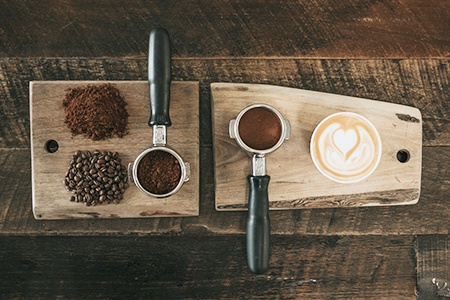
When it’s all said and done, it’s a personal choice. Here’s a final round up to give you a quick overview of your best options, depending on what matters to you.
- Cheapest: Pour over, basic drip coffee makers, French press, Aeropress
- Most convenient: Single-cup pod coffee makers, drop coffee makers
- Best brew: Pour over, French press, Aeropress, high-end drip machines
If you like to be more hands-on and involved in the process (some people find it to be a form of meditation) then pour-over is going to be your best bet. It’s so relaxing to use a gooseneck kettle to slowly pour the water on top of the beans.
If you want something fast, easy, affordable, and having the best quality cup isn’t a top priority then a “regular” drip coffee machine is perfect for you, and these can be purchased for anywhere from $10-$15 and up. The real fun is decorating it with special types of spoons for stirring and deciding where to place it on your counter top, etc.
Exploring the world of coffee can be a fun and rewarding hobby, or you can simply grab whatever makes the most sense to you after reading this article and enjoy a great cup without digging any deeper. Try some different types of coffee makers and see if you can tell the difference in taste!




